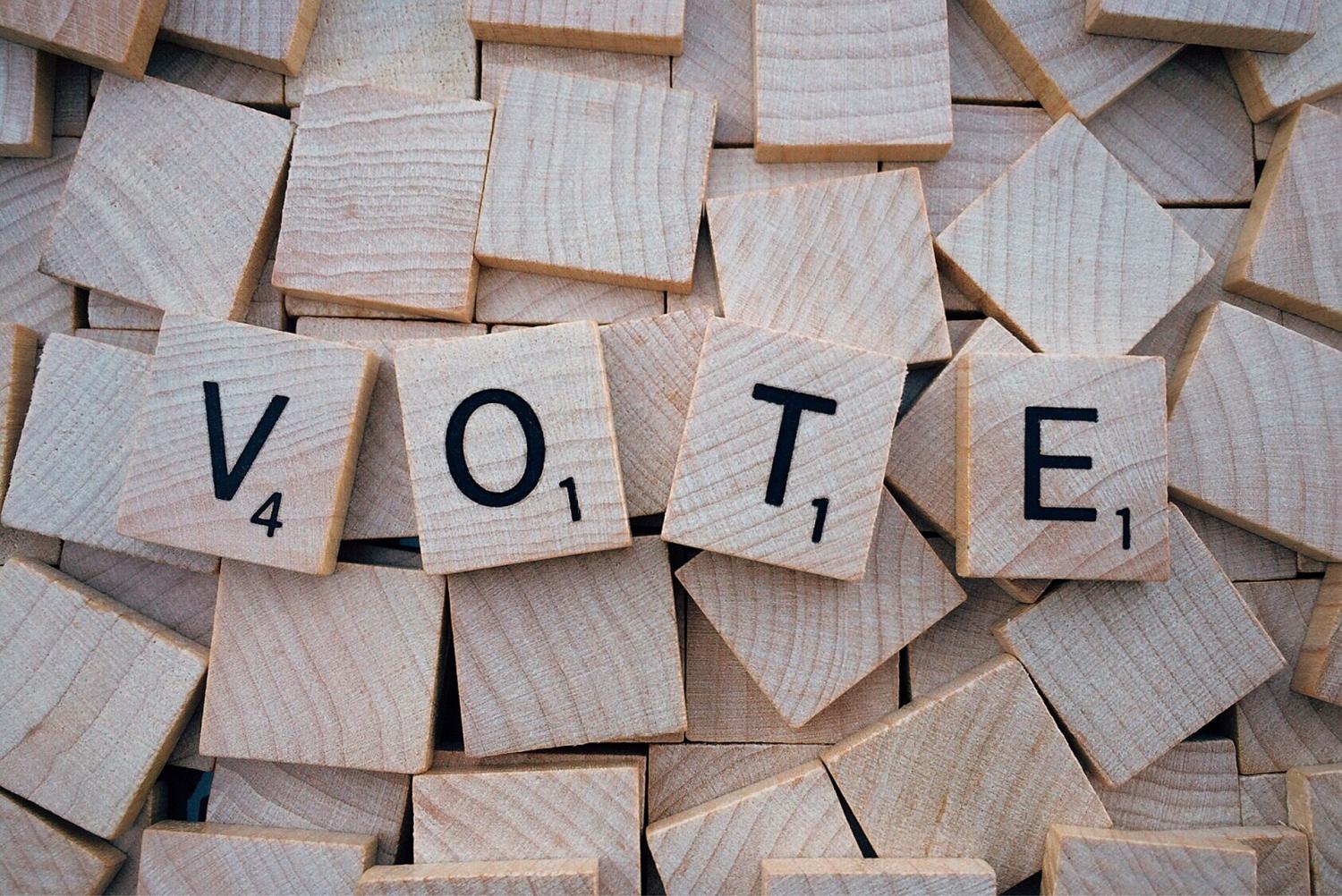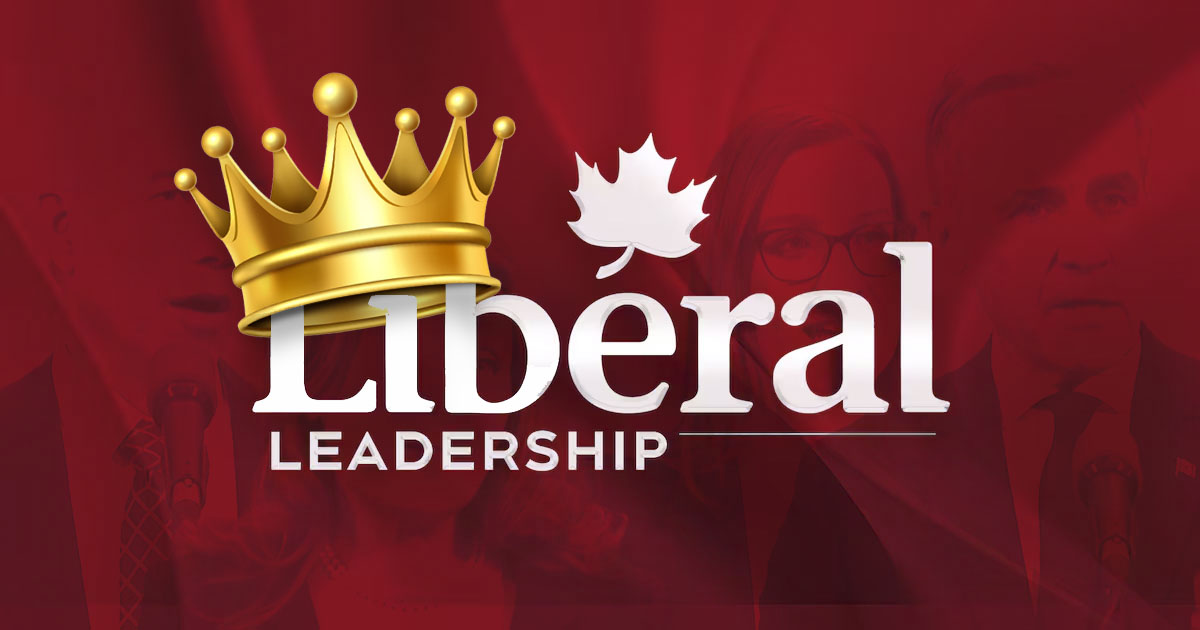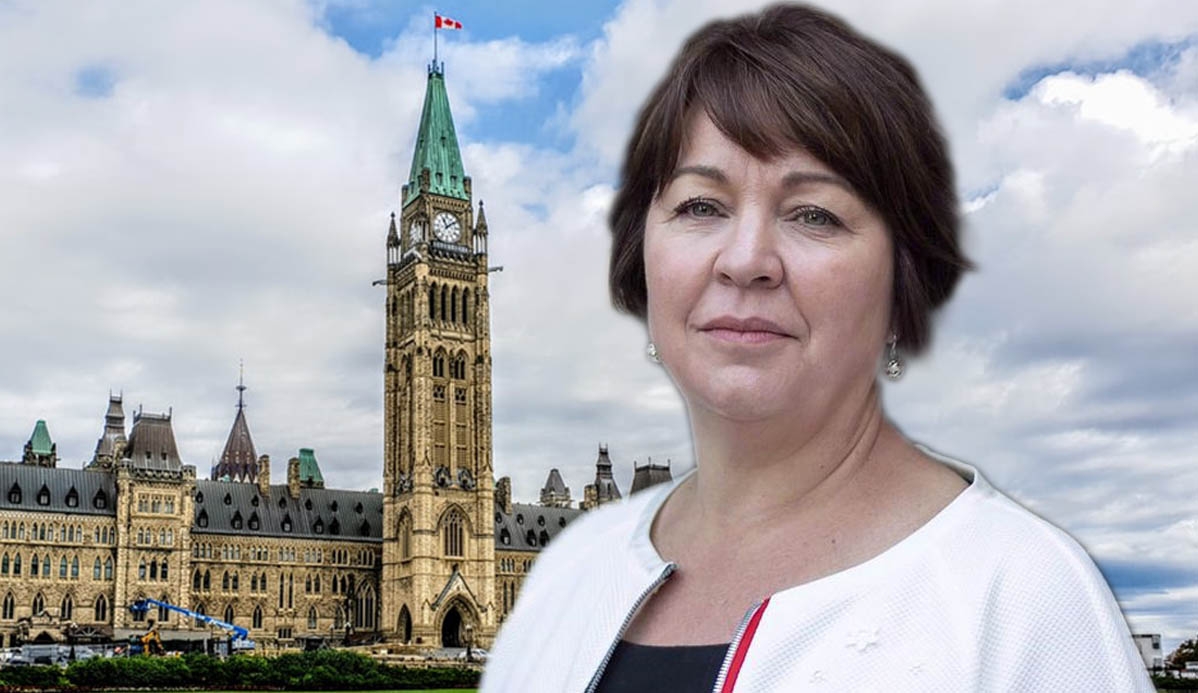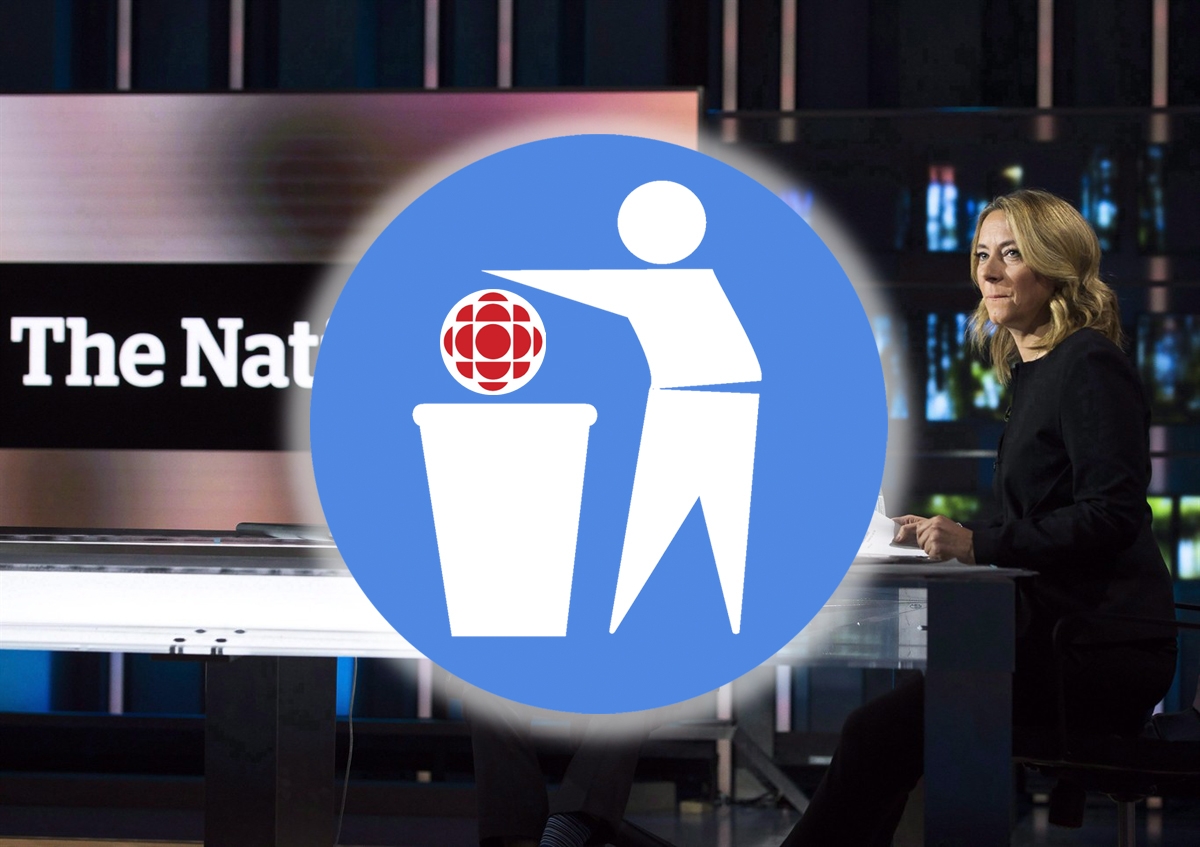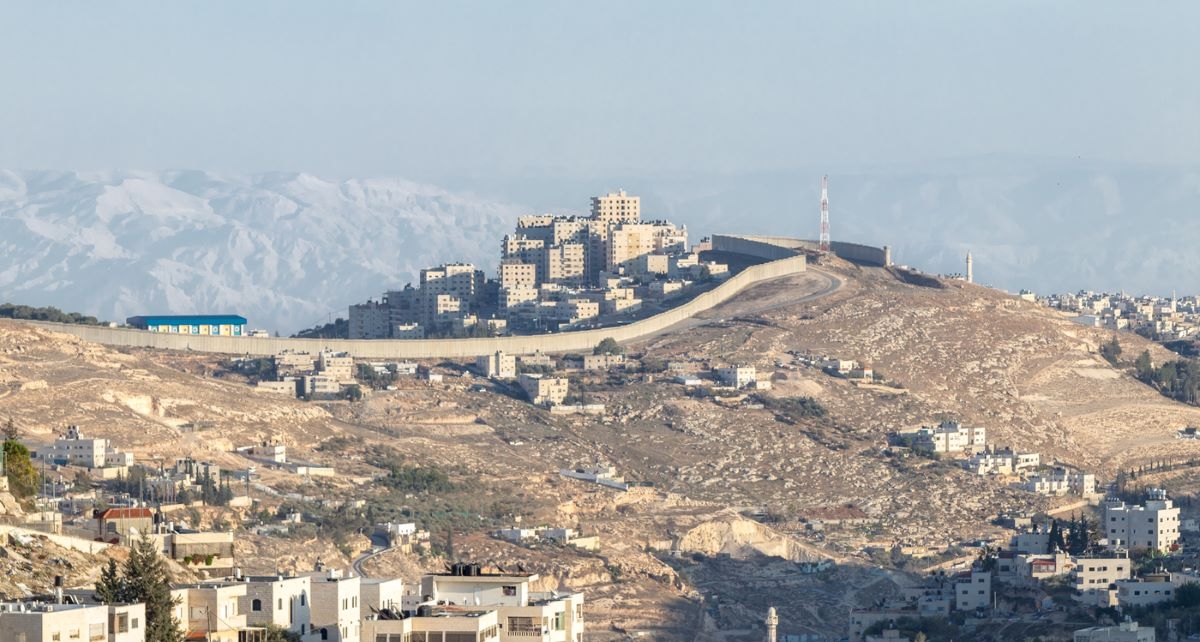
Israeli-Palestinian relations. Geopolitical trends in the relationships of Israelis and Palestinians
Above: The Israeli security fence separating Israel from the West Bank of Jordan – Judea and Samaria
by Howard Adelman
This paper is written in three parts. Each is simply a syntheses of conclusions and differences over the analysis of the conflict, surprisingly revealing a broad consensus
Part II: Geopolitical Trends in the Relationships of Israelis and Palestinians
Propositions that are somewhat disputed are included in italics.
1. There will be no significant effort underway to push for a comprehensive peace deal by any of the parties over the next few years, either by the Israelis, the Palestinians or the Americans.
2. American past efforts at high-profile diplomatic initiatives to achieve a permanent agreement will be set aside in favour of tangible steps on the ground to improve security, prosperity, freedom of movement, horizontally and vertically.
3. The shift in the conflict underway from one which has been primarily existential (and, therefore, intractable) to one which is primarily territorial and subject to compromise will continue.
4. Israel will continue to push instruments already in play to effect actual annexation, whether or not there is formal annexation in areas of the West Bank where 90% of the population consists of Jews.
5. Efforts may be made to reduce and smooth out the operation of checkpoints to reduce both long delays, impeding trade, subjecting Palestinians to repeated humiliations and even provoking a resort to violence.
6. The Israeli-Palestine file will be downgraded in priority as the U.S. emphasis shifts to the Far East.
7. Americans will cultivate conditions for a two-state solution “when the time is ready.”
8. Americans under the Biden administration will retain its intimate support for Israeli security.
9. On 1 February, Palestinian Authority Civil Affairs Commission chairman Hussein al-Sheikh spoke to U.S. Deputy Assistant Secretary of State for Israeli and Palestinian Affairs, Hady Amr, concerning re-establishing close relationships with the Palestinians through re-establishing a PLO office in Washington and one serving Palestine in Jerusalem or Ramallah.
10. Whether either will be a diplomatic office is a matter of debate.
11. There is a general agreement that if there is to be progress on the peace front, it will be through a piece-by-piece process.
12. Neither Europe nor Russia will replace America in its role as lead mediator.
13. Jerusalem will remain the undivided capital of Israel recognized by the U.S.; Washington will not “make clear that it supports an outcome that enables both parties to have their capitals in Jerusalem and that the status of Jerusalem is an issue that must be resolved through negotiations.” (Cf. Ilan Goldenberg, Michael Koplov and Cofman Wittes, “A New U.S. Strategy for the Israeli-Palestinian Conflict,” Israel Policy Forum recommending such a policy.)
14. The current Jewish population in what was once part of East Jerusalem will continue to expand and grow, increasing the Jewish population there to 400,000.
15. Jerusalem will be cut off from any contiguity with any nearby Palestinian population centres by new Jewish residential areas.
16. Once tenders have been let (2,500 new settlements units have already been tendered in Givat HaMatos), it is very difficult to stop the construction in south Jerusalem and prevent East Jerusalem from being cut off from contiguous Palestinian areas in the West Bank, especially Bethlehem.
17. Israel will by and large ignore criticisms of its building of settlements not only in Givat HaMatos, but in E1, E2 and Atarot.
18. In the larger picture, Israelis will have to decide which is more important, surrendering land for peace or surrendering peace for land.
19. Regional Arab involvement, in league with the Gulf countries’ increasing intelligence, security, technological and commercial partnerships with Israel, will increase the actual influence of Gulf states expanding on the United Arab Emirate’s (UAE) entering into normalization, since it did so only on condition that the annexation process was stopped; however, there should be no expectation that Gulf states will perform more than a supportive role.
20. About 130,000 Israelis visited the Emirates since the Abraham Accords were signed and Eitan Naih, Chargé d’Affaires in the Israeli diplomatic mission in the UAE, expects about 50,000 Israelis to visit the UAE monthly.
21. The ambitious plans to turn East Jerusalem into a technological hub as well as a tourist destination for Arabs will progress.
22. The Higher Planning Council (HPC) of the Civil Administration in the West Bank approved 780 new housing units for Area C.
23. Israel will continue its occupation, expansion and creeping annexation in parts of Area C of the West Bank. Together with East Jerusalem, the area has a population of 2,800,000+ Palestinian Arabs, 400,000 in East Jerusalem alone. There are almost 400,000 Jewish settlers in the West Bank, overwhelmingly in Area C. [The National Union Party claims 476,000 live in Judea and Samaria and 325,000 in the Old City and East Jerusalem.]
24. The Palestinian Arab population in Area C continues to decline as Arabs relocate to Arab administered areas. Of the 300,000 claimed Palestinians still there of an original 500,000, some estimates claim the population is now really only about 125,000, including 27,500 Bedouin.
25. Younger Palestinians generally will remain critical of the current Palestinian leadership.
26. Younger Palestinian activists will continue to give up on a two-state solution and support a singular state between the Mediterranean Sea and the Jordan River with full individual rights, a right of return for both Jews and Palestinians and a recognition symbolically of the heritage of both nations.
27. Americans will continue to base their efforts on a land for peace formula.
28. As Israeli Jews move increasingly to the right in the political spectrum, the gap between them and the Palestinians will grows as, among Palestinians, increasing numbers favour a one-state solution.
29. Jewish Israelis will overwhelmingly remain supportive of living in a Jewish dominated state.
30. Israelis will maximize their existing territorial domination in about half of Area C of the West Bank and put into a deep freeze a quest for a Jewish state between the Mediterranean and the Jordan River.
31. Palestinians in area C with substantial numbers of Arabs will not automatically be given the right to become full citizens of Israel if they choose to do so.
32. On territory, for every area that Israel populates in preparation for annexation, there will be pressure on Israel to offer an equal area of land to the PA.
33. Though the principle of a right of return will remain a basic principle from the Palestinian perspective, nothing will happen to advance the expression of this principle on the ground.
34. Peace forces can be currently deployed in Areas A & B of the West Bank to protect Palestinians from settler violence, but this will not take place.
35. There will be a move to remove Israeli legal authority over both Areas A & B.
36. Jordan and Israel will negotiate a renewed compact on the Al Asqa Mosque and Dome of the Rock site to prevent the area and its buildings from further deterioration.
37. Israel, Palestine and Jordan will move further along the path in creating a common communications, water and energy consortium for the whole area.
38. Critics will consider this as but one further step in colonialist imperialism under the cover of modernization that began in 1919 with the first proposals of a hydro grid by Pinhas Rutenberg attached to the approval of the League of Nations mandate for Palestine. (Cf. Sara Reguer (1995) “Rutenberg and the Jordan River: A Revolution in Hydro-Electricity,” Middle East Studies, 31:4, 691-729; and Fredrik Meiton (2019) Electrical Palestine: Capital and Technology from Empire to Nation – Meiton analyzes the role of technology and materiality in creating a political imaginary determining boundaries and instantiating the imperial ideal of economic progress so that material power and political power become congruent; large scale technology shapes space and its boundaries.)
39. The principle that economic progress will yield social, political and moral progress conducive to peace (currently the outside-in approach) will once again become a stronger contender than the inside approach emphasizing the primacy of political and security negotiations between the parties.
40. Palestinians will accede to American and Israeli pressures to end a “pay-to-slay” welfare system for martyrs or persons jailed for attacks on Israel or Israelis by shifting family support to a more general welfare program.
41. In return, Biden will recommend removal of the terrorist designation for the PLO and the PA.
42. The United States will not designate expansion of settlements as illegal and will reinstate the policy of citing such expansion as an obstacle to peace, but less noisily and without holding Israel accountable; the U.S. will not make a settlement freeze conditional on cooperation.
43. The U.S. will continue to shield Israel from international legal action for its settlement activities.
44. The inadmissibility of the acquisition of territory by war as a guiding principle for a peaceful resolution of the conflict will continue to fade, along with reference to the Green Line as a reference for border determination (subject to mutually agreed land swaps), as security arrangements for Israel (not Palestine) increasingly take priority to facilitate an exit of Israel from the West Bank, including possibly half of Area C; thus, patterns of population settlement, security barriers and transportation and energy network paths will count much more for settling borders between Israel and an independent Palestine state.
45. In practice, the Trump Plan, though not by that name or in its existing formulation, rather than Resolution 242 will become the actual reference for moving towards peace.
46. Over the next few months, the PA and Hamas will continue their efforts to resolve their differences sufficiently to hold elections to overcome the deep divide, the short timeline, and the complexities of determining both process issues (conducting and monitoring elections) and substantive issues – will there be a peaceful transfer of power if one side loses and the other wins – and the requirement that Hamas recognize the existence and legitimacy of Israel.
47. Hussein Ibish (“Palestinian Reconciliation Remains a Pipe Dream,” 31 January 2021) thinks the chance of a PA-Hamas reconciliation is slim while Zafan Hussam rates the chance higher.
48. Progress has been made in some areas but not in others under the pressure to develop a national strategy and a unified goal as well as credible institutions by Qatar and Turkey on Hamas and UAE and Saudi Arabia on the PA:
- There is an agreement of separate votes for the legislature, the presidency and the PNC, 22 May has been set for the election to the legislature, 31 July for the presidential vote, and 31 August for the reconstitution of the Palestinian National Council.
- A country-wide rather than constituency-based system will be used based on either a combined or competing lists.
- Hamas will be included.
- Restrictions on eligibility (age 28 +; resignation from existing jobs such as with NGOs, elimination of existing PA and Hamas executive and legislative members as eligible candidates, inclusion of a woman in the top three on the list and at least one in four of each of the next sets of names.
- The inclusion of a Mustafa Barghouti and/or a Mohammed Dahlan list has not been resolved.
- Abbas will continue his efforts to present a united Fatah list.
- Possibility of voting by mail and even email, which may resolve the issue of Jerusalem voting, is under consideration.
- Rules for campaigning, the role of courts to rule on disputes, remain in contention, especially given Abbas’ control over court appointees.
- The questions of voting in Jordan and in Jerusalem remain, though it is hoped that Israel will cooperate as it did in 2005.
- The question of what happens if Hamas wins given the characterization by both Israel and the U.S. of Hamas as a terrorist organization, remains. There are three alternatives under discussion: a) Hamas recognizing Israel’s legitimacy, forgoing a resort to violence and agreeing to a two-state solution; b) Hamas remaining out of the government; c) agreement on a technocratic government.
49. The Israel Policy Report, A New U.S. Strategy for the Israeli-Palestinian Conflict (see 9 above) states that, “if progress is made and Palestinian factions do agree on holding elections, the United States should support them, make clear it will respect the outcome, and press Israel to allow voting in East Jerusalem, as it did in 1996 and 2005; the IPR rejects managing the conflict in favour of an activist but alternative strategy path to work towards a resolution while many others believe that, at this time, managing the conflict is the only realistic option..
50. The Israeli practice of house demolitions will once again become a point of tension between Washington and Jerusalem.
51. Israel may gradually ease up on restrictions and regulations governing Palestinian trade.
52. The United Arab Emirates’ ambassador to Washington, Yousef Al Otaiba, is confident that the sale of military equipment by the U.S. to the UAE (up to 50 F-35 jets, 18 armed drones and other defence equipment in a deal worth $23 billion) would go through after a review – not a stoppage – by President Joe Biden’s administration, given the shared security interests of both states (versus UAE reliance on Israeli intervention on behalf of the UAE with the U.S.
53. Increasing emphasis will be made by all parties on increased people-to-people engagement and cooperation to enhance mutual knowledge and coexistence.
54. There will also be an increased emphasis on equal rights for Palestinian Israeli citizens.
Next up in part three: Israeli-Palestinian prognostications
Howard Adelman CM, Professor Emiritus York University, is a Canadian philosopher and one of the founders of Rochdale College, as well as the founder and director of York's Centre for Refugee Studies.

